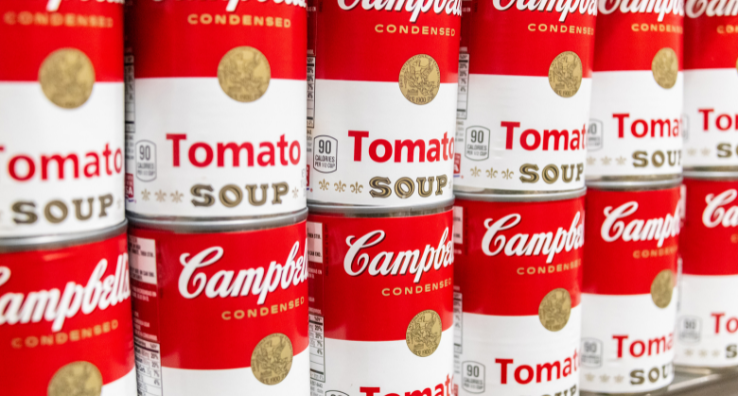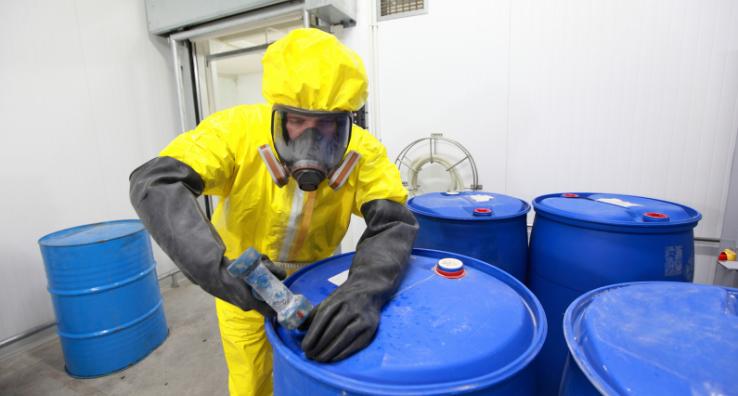Mitigate Food Safety Risks with A Crisis Management Plan

Given everything that’s happened in the last few years, it might feel like the food industry is starting to stabilize. Or maybe it’s more accurate to say it’s “normalized.” And the new normal is not yet optimized.
The food industry remains exceedingly vulnerable to inflation pressures, product shortages, cyberattacks, and food fraud. Any one of these risks can send a manufacturer or restaurant scrambling to resume operations and replace missing ingredients or supplies.
A recall of a particular brand of cheese can paralyze the production of frozen pizzas. A computer glitch or ransomware attack can freeze supplies to a fast-food restaurant or shut down operations. Or an extreme weather event can spike prices or halt the transportation of fruits and vegetables.
It’s no longer a question of how to prevent a crisis but how well you can respond and mitigate the effects. Your best defense starts with an effective crisis management plan.
A crisis management plan can help reduce downtime, protect food quality, and maintain customer trust. It can help create backup suppliers when supply chains suddenly falter. And It can help prevent cyberattacks and prevent food fraud.
While there is no one-size-fits-all crisis management model, you can develop a plan to address the most common threats to your production. We’ll examine these threats below, but you also might find it helpful to engage with food safety consultants experienced in crisis management plans.
Curb Cybercrime with an Informed Workforce
As food manufacturers become more reliant on technology, they open themselves to new threats. Faulty networks, viruses, and cyberattacks all have the potential to bring production to a grinding halt. Your biggest data risk could very well be that obscure, outdated maintenance program that remains off the radar of your IT team.

According to Malwarebytes, in 2020, cyberattacks against the food and agriculture sector increased by 607%. Last year, the U.S. cybersecurity company Dragos identified the food and beverage sector as the largest victim of cyberattacks than any sector other than manufacturing.
While a solid security platform and backup system can help protect against cyberattacks, your best defense is an informed workforce trained to spot attacks before they occur.
Your crisis management plan should include a preventative element that helps employees identify and prepare for the most common vulnerabilities, such as suspicious emails that enable ransomware attacks and phishing schemes.
Employees can learn the importance of updating passwords and avoiding unknown links, files, and questionable websites on company devices. You also need a full inventory of all network programs and a system for updates and new software approvals.
Keep Vetted Vendors at the Ready
Vendors are equally vulnerable to the same threats as food manufacturers. When they go down, you can go down as well. With the erratic ingredient shortages and dramatic price increases for some ingredients, managing a potential formulation change may be needed to insure financial stability of the operation.
An interruption to your supply chain can have a real domino effect on the safety and quality of your foods. For example, if it takes 12 ingredients to make an energy bar and two of those are delayed or can’t be delivered, that manufacturer has to jump to plan B to find a new replacement vendor in short order.
Food manufacturers can reduce their risks when this happens by including a vendor replacement strategy in their crisis management plan. The plan should consist of multi-sourced vendors, thorough food safety vendor audit programs, robust vendor communications, detailed product specifications, vendor expectations, and effective change management skills.

Uncover and Block Food Fraud at the Door
When supply chains are interrupted, fraudsters jump at the opportunity to infiltrate the market through counterfeiting, dilutions, substitution, and mislabeling methods. Food fraud is estimated to affect at least 1% of the global food industry at a cost as high as $40 billion a year, according to the Food and Drug Administration.
Food fraud most often affects quality but can also become a food safety issue. For example, undeclared allergens or unsafe chemicals can harm consumers if they get into their food, which can be challenging to detect and can happen anywhere in the supply chain at any time.
As you vet new suppliers, confirm they’re providing the right ingredients or the standard of identity. Having your vendor selection process squarely represented in your crisis management plan helps ensure you identify and buy only from approved suppliers. Always know the food fraud vulnerability risks and conduct reviews to ensure you get what you’re sourcing. And require your suppliers to implement and follow good food safety programs that meet your standards. Avoid last minute sourcing scrambles!
Frontline employees are your next and best line of defense. Train them to detect food fraud, from receiving and storing raw materials to manufacturing and shipping finished goods. Educate and empower them to say something if they notice something out of the ordinary, such as an ingredient that has a different color or smells different than it usually does or if the packaging doesn’t look the same as others. It would be a mistake to consider risk management a leadership responsibility; food fraud needs to be part of your frontline worker food safety training program.
Keep Communications Open and Honest
Suppose you change suppliers, products, or ingredients. In that case, it is vital to inform your customers, including changes on your label when different ingredients are used or produce formulas are adjusted.
When and how you issue this communication should be spelled out in your crisis management plan and have the agreement and support of multiple departments, including management, marketing, production, and safety and quality. The change could be expensive and time-consuming. But nothing is worse than catching your customers by surprise and losing their trust and loyalty.
In this fragile environment, planning ahead and preventing or minimizing damage before it cripples your business, brand, and customer relationships is vital. These are just a few points you should include in a food crisis management plan. Most importantly, it is critical to have a risk mindset in today’s challenging environment.
Contact us if you’d like to speak with one of our consultants to develop a food safety risk assessment. From there, we can help you implement the proper safeguards and employee training to keep production moving in even the most difficult and unpredictable times. #





